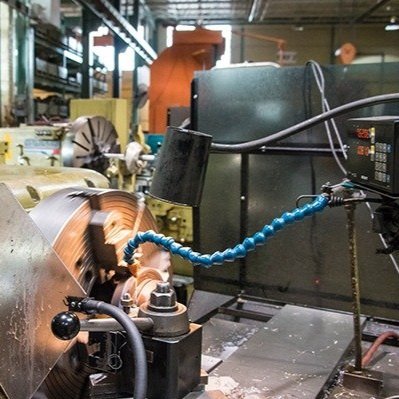World's Greenest Hotel - Crowne Plaza Copenhagen Towers
/Advanced pump technology lowers energy consumption while the Crowne Plaza Copenhagen Towers helps set new standards for sustainability at the top of the list of the world’s greenest hotels. Read about how this Denmark hotel became one of the most sustainable hotels worldwide.
By Michelle Segrest, Navigate Content, Inc. — Reporting on the Industry


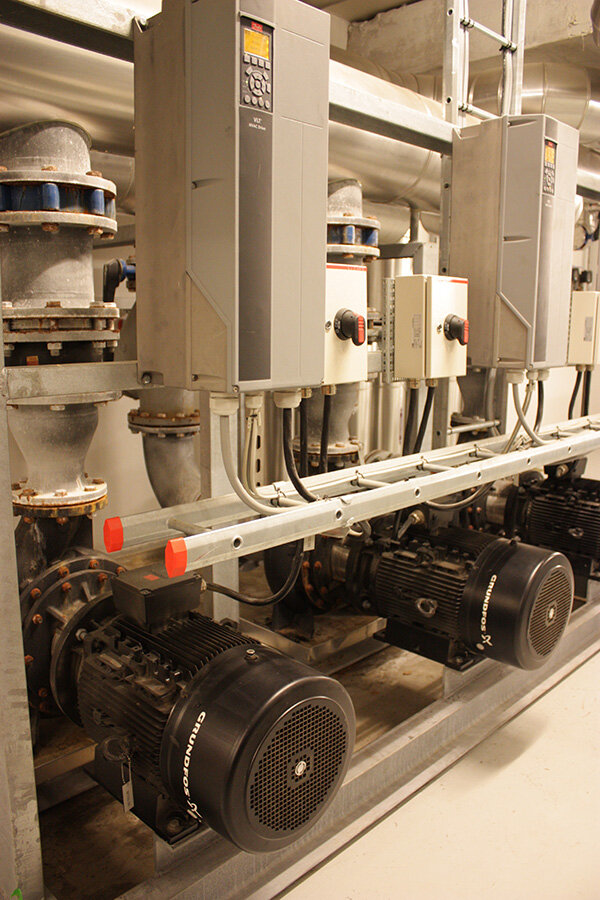
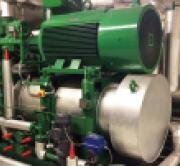
Opened in 2009, the four-star Crowne Plaza Copenhagen Towers stands 85 meters tall and boasts a shiny black facade. This feature of Denmark’s capital city skyline combines luxury with highly-advanced, eco-friendly pumping technology.
The winner of the 2010 EcoTourism Award for the World’s Greenest Hotel, the Crowne Plaza relies on Grundfos Blueflux® technology to work in tandem with the hotel’s demanding heating and cooling system. The resulting combination is exceptionally low energy consumption, according to Jens Nørgaard, application manager for Grundfos Commercial Building Services.
Keeping Energy Consumption and CO2 Emissions Low
To keep energy consumption and CO2 emissions as low as possible, the hotel insisted on the most innovative energy technology throughout the building. One of the world’s most advanced aquifer thermal energy storage (ATES) systems is located underground in the basement of the Crowne Plaza. Cold groundwater is used for cooling the guest rooms during the summer. The heat rejected from this process is reused for heating during the winter.
The ATES system delivers cooling and heating for the building’s high-performance HVAC system. This system represents one of Denmark’s first groundwater-based cooling and heating systems. The hotel’s total annual energy consumption is an efficient 51 kilowatt hours per square meter for heating, air conditioning, domestic hot water and ventilation.
No active refrigeration is required while the groundwater is circulated through the hotel’s hydronic air conditioning system. By reversing the flow, the warm groundwater is also available for heating during the winter season.
Adjusting to Seasonal Temperatures in a World-Class Sustainable Hotel
During the heating season, the chiller is turned into a heat pump. The groundwater is cooled and returned to the aquifer’s cold well. The water is returned at a temperature similar to the temperature of the untouched groundwater.
The ATES system is designed to be compact. The entire system—without distribution equipment—occupies only 8 by 10 meters. To maximize energy savings and high heating temperatures, ammonia is used as a refrigerant.
The two chillers are fitted with frequency-controlled screw compressors, which enable the chillers to adjust the capacity to the actual load with the same efficiency, Nørgaard explained. Chillers rarely run at full capacity, and it is important that the efficiency is high. The groundwater pumps and all the other pumps are provided with frequency converters to allow them to adapt to flow requirement variations.
Efficient Pump Technology Makes Hotel Sustainable
Both the energy efficient ATES system and a network of solar cells are part of the hotel’s green profile.
Grundfos delivered the pumps for the building’s air conditioning, heating and water boosting. The following products were supplied specifically for the ATES system:
Six end-suction pumps with external frequency converters, which are the primary pumps in the building’s hydronic heating and cooling system
Four end-suction pumps with internal frequency converters—two dedicated for the chillers’ condenser circuits and two dedicated for the chillers’ evaporator circuits
One in-line pump with internal frequency converter, which serves as the primary cooling tower circuit and another as the secondary cooling tower circuit
Sophisticated Circulator Pump Technology In World’s Greenest Hotel
Grundfos has also provided advancements in circulator pump technology and, in January 2013, released the MAGNA3. The MAGNA3 is based on the tried and tested MAGNA technology and Grundfos’ experience with electronic pumps. The permanent magnet motor, AUTOADAPT function and integrated frequency converter are still part of the MAGNA package.
The MAGNA3 reduces energy consumption by up to 75 percent when compared with a typical circulator. A main highlight of the MAGNA3 range remains the AUTOADAPT feature that guarantees optimum balance between comfort and energy efficiency. In MAGNA3, this is supplemented by the new FLOWADAPT control mode and FLOWLIMIT function that improves valve balance.
The MAGNA3 features a built-in heat energy meter that can monitor system heat energy distribution and consumption to avoid excessive energy bills caused by system imbalances and save the cost of installing a separate energy metering device.
With maximum heads of 60 feet and maximum flows of 550 gallons per minute, the extended MAGNA3 range features more than 35 single and twin pumps in cast iron or stainless steel. MAGNA3 is suitable for heating, cooling and domestic hot water circulation systems. It is designed to handle liquids down to 14 F, which makes it suitable for both tough industrial tasks and ground source heat pump systems.
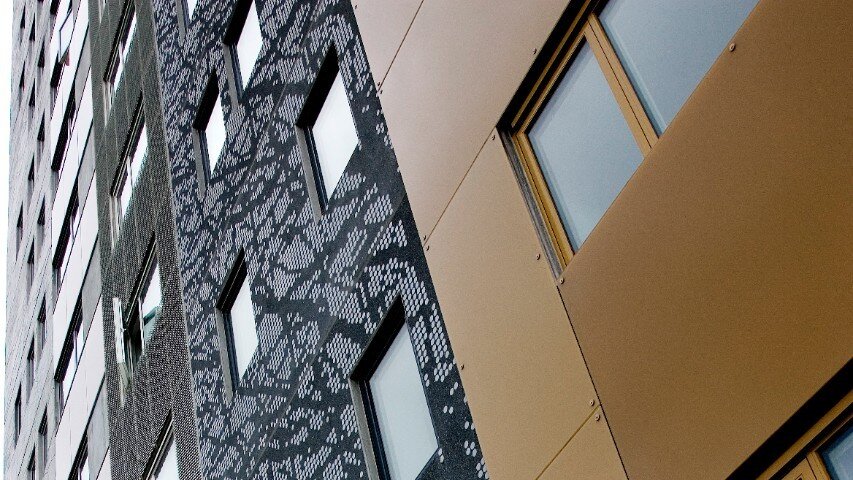
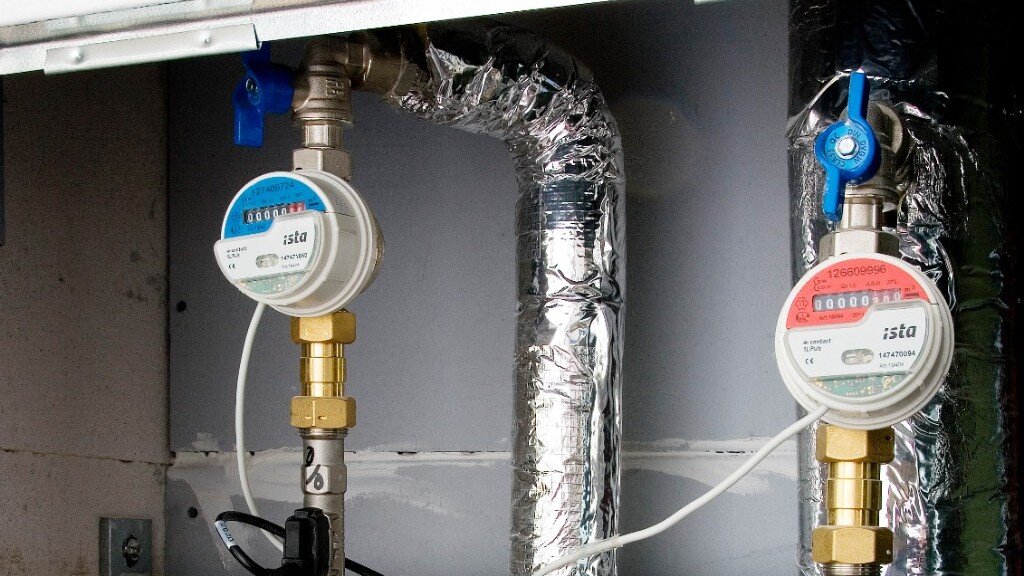
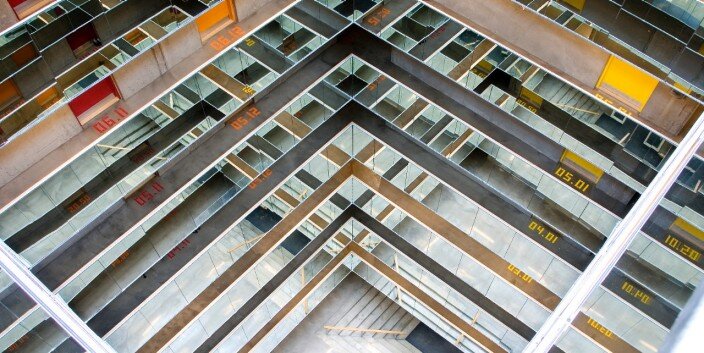
Efficient Pump Case Study: The Grundfos Dormitory Project
A 12-story building on the harbor front in Arhus, Denmark, is home to the Grundfos Dormitory, which provides affordable living space to engineering students willing to test the Grundfos circulator pumps in action. This is a “living laboratory” in which the occupants work with the company to test initiatives and technologies that can minimize energy and water consumption.
The dormitory has 159 youth apartments for 206 residents and has a green profile with the standard of low-energy class 2015 and features an extremely low consumption of energy.
Grundfos and the board of the dormitory work on the implementation of advanced energy technological solutions. The goal is to reduce the behavior-related consumption of energy to a minimum. The dormitory residents contribute to the energy-related goals and try solutions that can help support the green profile.
In each apartment, 10 sensors measure the temperature, level of CO2 and relative humidity. Sensors measure electricity consumption and heat via the radiators, as well as hot and cold water, including temperature, pressure and flow of both cold and warm water. The same measurements are recorded for the building as a whole by the engineering students, plus factors such as outside temperature, wind and solar level.
The Grundfos Dormitory contributes to gathering knowledge about resource optimization and, in particular, user behavior and how to influence and motivate users to save resources and reduce consumption. This is being done on an open platform and in cooperation with universities and other interested parties, who share the knowledge gained about resource consumption on both a whole building and individual user level.
If you like this article about the World’s Greenest Hotel, please PIN IT!
This page contains affiliate links. If you click on the product links and make a purchase, it allows me to make a small commission at no extra cost to you! Thank you for your support and I hope you find value in this content!
A version of this article was originally published in Pumps & Systems, July, 2013. Updated April 2020.







